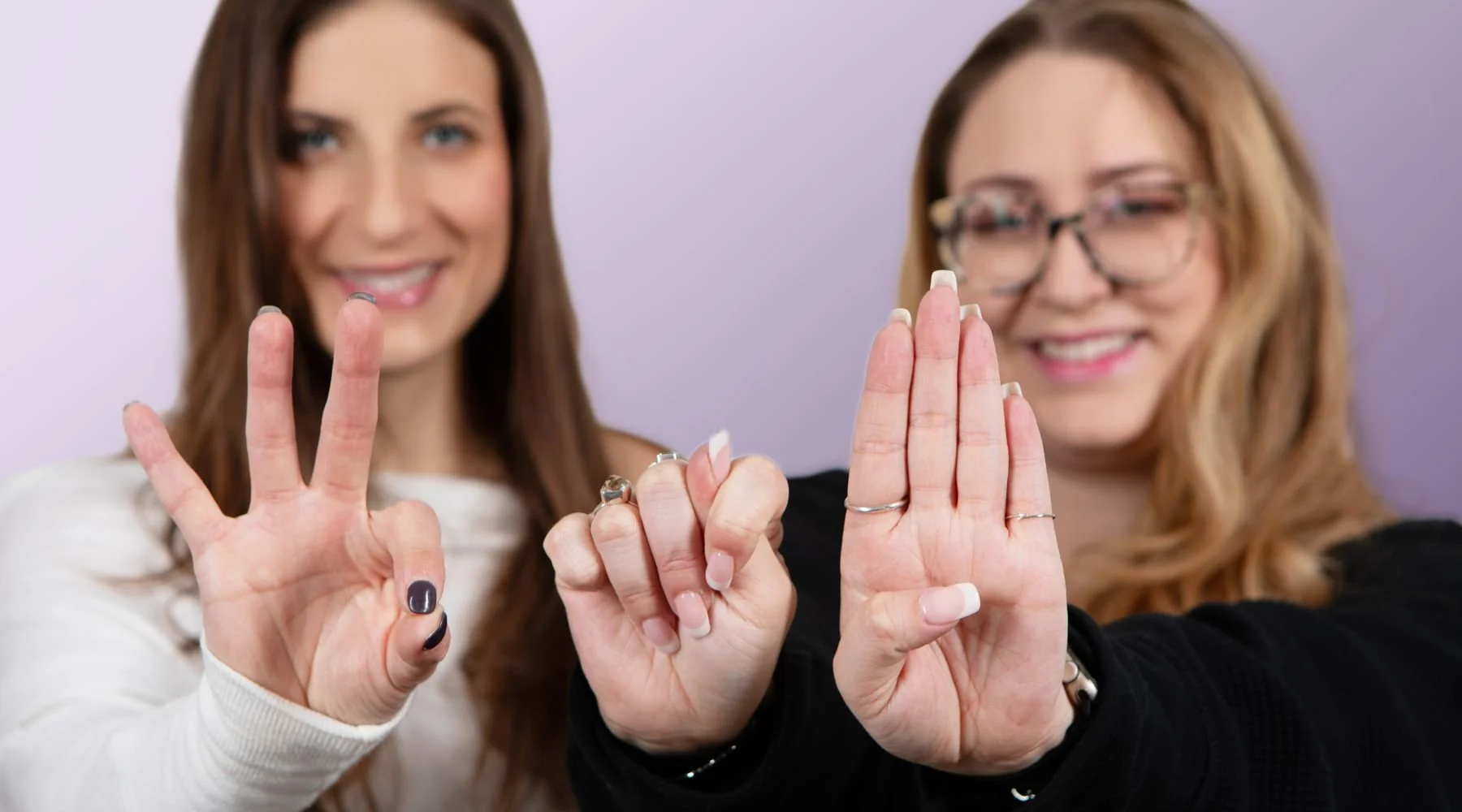Adaptive Dance With ASL: Making Movement Accessible for All
Dance is a universal language, transcending spoken words and connecting people through movement. But what if dance could be even more inclusive? At Feel the Beat, we are committed to making dance accessible for all, including the Deaf and Hard of Hearing community. By integrating American Sign Language (ASL) into our adaptive dance programs, we create an environment where movement and language blend seamlessly, opening new avenues of expression and connection.
What Does Dance in ASL Mean?
The intersection of dance and ASL is a powerful space where movement and communication meet. ASL is inherently visual, just like dance, making it a natural complement to movement-based expression. Just as dancers use choreography to tell a story, sign language conveys emotion, rhythm, and meaning through hand gestures, facial expressions, and body language. Combining the two allows the experience of dance to be more engaging and inclusive, especially for those whose native language is ASL.
Why ASL Matters for Inclusion
Incorporating ASL into dance fosters true dance inclusion, ensuring that Deaf and Hard of Hearing individuals have equal opportunities to participate in and experience the joy of movement. Traditionally, dance has been inaccessible to many in the Deaf community due to its heavy reliance on music and sound. However, by integrating ASL and emphasizing visual rhythm, we create a dance environment that empowers all participants. Learn more about the Feel the Beat team’s recommendations on how interrelate to individuals who are Deaf or Hard of Hearing.
Adaptive dance programs at Feel the Beat align with ADA-compliant standards, ensuring accessibility for individuals of all abilities. By removing barriers and fostering an inclusive space, we not only provide opportunities for Deaf dancers but also help all participants develop a deeper appreciation for diverse forms of communication and movement.
How Using ASL Enhances the Dance Experience for All
ASL enhances the dance experience by:
Creating a visual rhythm: ASL introduces a dynamic layer to choreography, allowing dancers to embody rhythm and beats through movement rather than sound.
Teaching dancers to communicate choreography using ASL: ASL provides an effective way to break down and explain dance steps, making learning more accessible for everyone.
Creating an inclusive classroom experience: ASL puts everyone in the classroom on the same experience level where no one is left to “figure out” where the next measure in a song starts, etc.
Improved focus and attention: ASL can help improve student focus as their attention is directed toward the instructor who is signing instructions for dance steps and choreography.
Adaptive Dance Programs: A Path to Inclusion
Adaptive dance programs ensure that movement is accessible to everyone, regardless of ability. At Feel the Beat, we offer ASL-inclusive classes tailored to Deaf and Hard of Hearing dancers. All our drop-in dance classes are ASL-friendly, and our instructors are trained to incorporate ASL into their teaching methods. To ensure the best experience, participants can reach out in advance to confirm the availability of ASL instructors, but our commitment to accessibility means that every class welcomes sign language integration.
Celebrating Our Teachers That Use ASL in Dance
Our instructors play a crucial role in making dance inclusive. Teachers at Feel the Beat come from diverse backgrounds, each bringing a passion for accessibility and ASL-integrated dance instruction. Their commitment ensures that every dancer, regardless of hearing ability, feels seen and supported.
Celebrating Performances That Use ASL in Dance
Across the dance world, numerous performances and choreographers prioritize accessibility by incorporating ASL into their routines. From professional dance companies such as the Gallaudet Dance Company at Gallaudet University, to community performances by the Company 360 Dance Theatre, these efforts highlight the importance of inclusion in the arts. At Feel the Beat, we celebrate and support these initiatives, ensuring that the power of dance is shared with all.
Help Us Make Movement Accessible to All by Dancing in ASL
Dance inclusion is about creating opportunities for all individuals to express themselves freely. Whether you’re looking to host an accessible event featuring our mobile vibrotactile dance floor, have us host your private group for a class, join a class, or support our mission by teaching with us, donating or volunteering, there are many ways to get involved. At Feel the Beat, we are dedicated to ensuring that dance remains an inclusive space where everyone, regardless of ability, can experience the joy of movement.
Join us in making dance accessible for all—because movement and dance should have no barriers.

